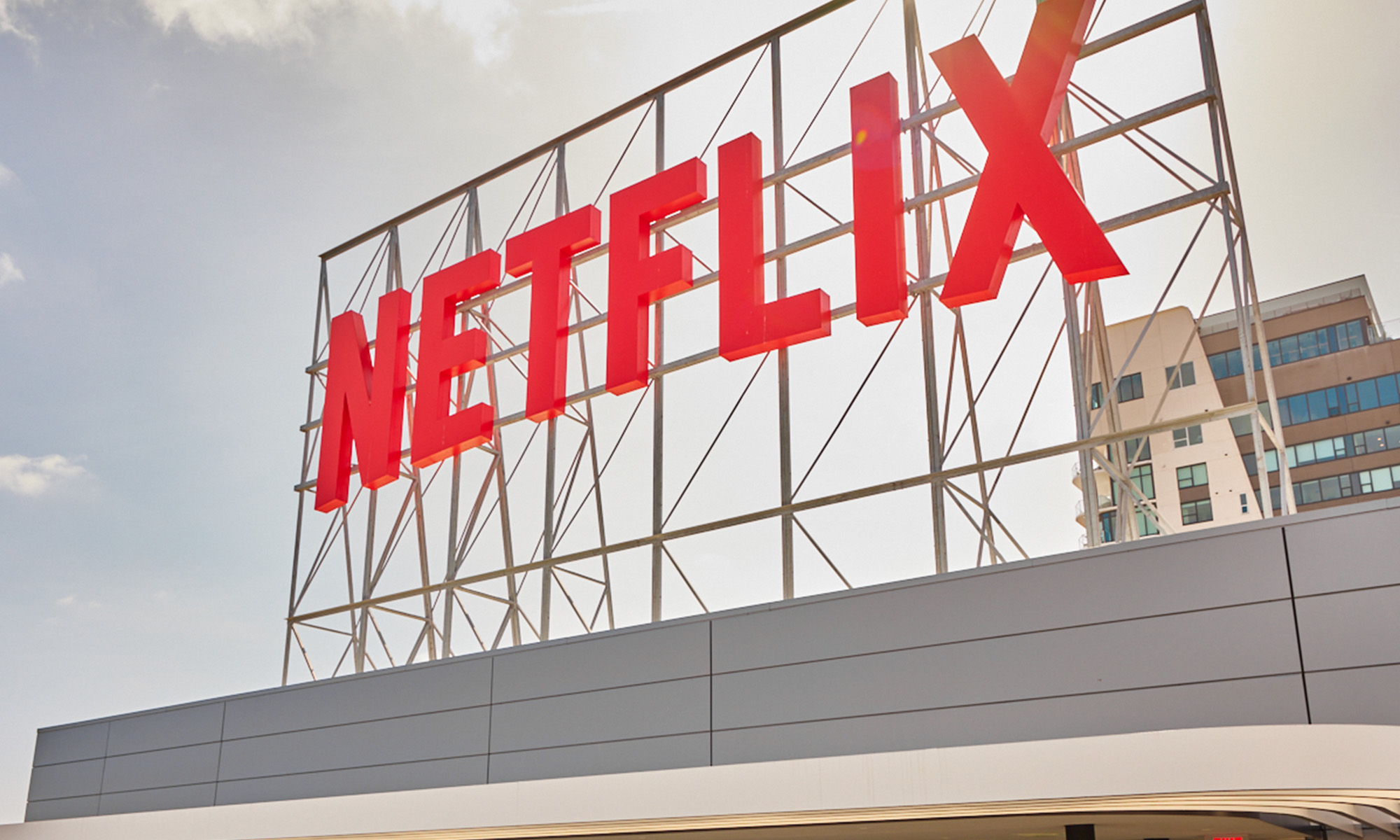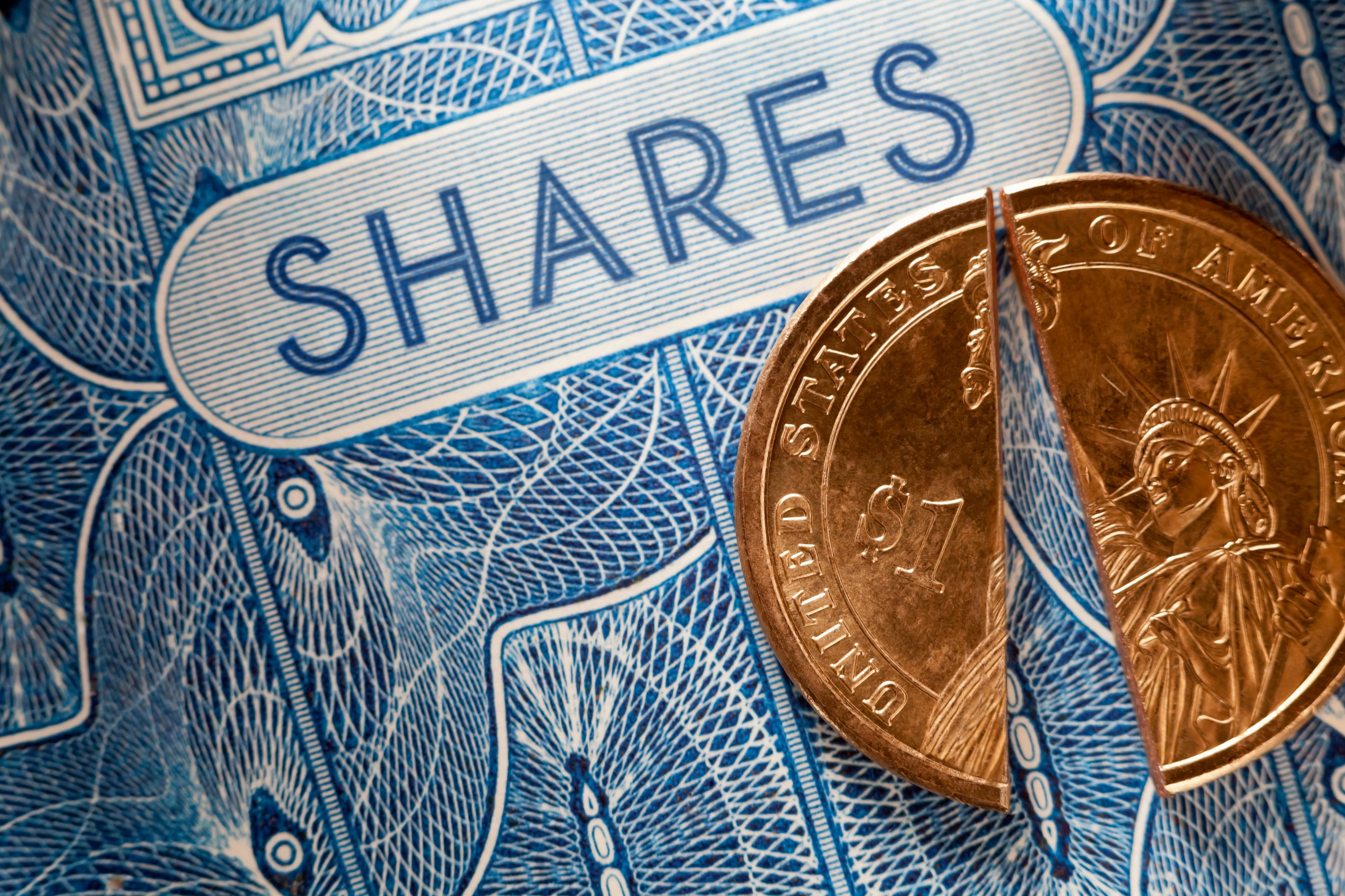Given the circumstances, the past several weeks should have been phenomenal ones for any streaming video service. People remain largely stuck at home in an effort to avoid the spread of COVID-19, and watching television has become an even more popular pastime.
Netflix (NFLX +0.29%) most definitely benefited from the scenario. For the quarter ending June 30, revenue grew nearly 25% year over year, boosted by the addition of nearly 10.1 million paying subscribers. The company's top line of $6.15 billion not only topped analyst estimates of around $6.08 billion, but subscriber growth was much better than the 7.5 million new customers the company predicted three months ago.

Image source: Getty Images.
So why did the stock tank following Thursday's post-close report?
Some chalk it up to the disappointing subscriber growth outlook; Netflix reports it's only anticipating the addition of 2.5 million new paying members for the quarter ending in September. Others suggest it was the earnings miss. The king of streaming only earned $1.59 per share for the recently ended accounting period, versus estimates of $1.81 per share. And to be fair, both factors now weigh on shareholders' minds.
A more meaningful answer to the question, though, is also more complicated. While Netflix saved a fortune on marketing, that's not likely to be a sustainable savings. Some of the company's other expenses also grew about as much as sales did. Both raise questions as to how well this business can scale up cost-effectively.
Where does the money go?
Netflix was able to cut back a bit on promotional spending during the first quarter, but the company outright axed a massive chunk of that expense during the second quarter. Marketing costs fell from $603.1 million from Q2 a year earlier to $434.4 million last quarter -- a 28% decline. Why bother selling to people who are proactively seeking your service out?
The thing is, that was the only expense item to sink. In step with revenue growth of 24.9%, general and administrative costs grew 23.4% year over year. Netflix's cost of revenues was up more than 21%. Even technology and development spending -- which wouldn't seemingly be required to grow at all with the top line -- was up 13.5% year over year. The graphic below tells the story.

Data source: Netflix. Chart by author. All dollar figures are in thousands.
Expressing these key expense items as a percentage of total revenue helps to better illustrate the idea, particularly when compared to recent history. Marketing spending only contracted -- on a relative basis -- after a fourth-quarter spending spree and during the pandemic. Beyond that, the most common corporate expenses compared to revenue have remained about the same.

Data source: Netflix. Chart by author. Total percentages may not add up to 100% due to omission of negligible or non-recurring expenses.
Sure, net income soared, from $270.6 million during the second quarter of 2019 to $720.2 million for the recently ended quarter. Nearly $169 million worth of that $450 million increase in profits, however, is attributable to the steep cuts in marketing spending that aren't sustainable. Between the eventual end of the coronavirus contagion and in a streaming space that now includes a completely free version of Comcast's (CMCSA +0.41%) recently launched rival platform Peacock, promotional spending is surely going to swell again. It may do so even sooner than many investors expect if Netflix's estimated subscriber growth of only 2.5 million new members for the quarter now underway is anywhere close to being on target.
Time for questions
Don't panic. This isn't actually anything new for the company or its shareholders. Questions about how profitably Netflix could scale up have been circulating for years now.
If there was ever a quarter in which Netflix could have knocked investors' socks off with far more profitable scale without huge contractions in marketing spending, last quarter was it. It didn't. Rather, several key costs grew almost as much as the top line did at a time when the organization seemingly could have just coasted. Why are content costs going up at all? What research and development remains to be done? What's the ever-increasing borrowing for, exactly?
Now the company's begun a quarter with a tepid subscriber growth outlook, suggesting that little of that increased spending is actually supporting sustained subscriber growth. This in turn means marketing costs are not only apt to move back to previously seen levels, but may even grow faster than revenue does for the foreseeable future so the company can rebuild its shrinking sales pipeline. In fact, one can't help but wonder if the surge of nearly 26 million new paying subscribers during the first six months of 2020 had as much to do with the big jump in marketing and content costs during the final quarter of last year as it did with the coronavirus. It's not always easy to connect every cause-effect dot with consumers' discretionary dollars.
Bottom line: We still don't actually know if Netflix's business model will ever not be capital-intensive and highly promotional. Clearly cutting back on marketing spending isn't possible yet, leaving investors wondering when and how margins will finally remain widened. That's an especially important question given how competition from major media names like Comcast and Walt Disney is starting to show up in earnest.








